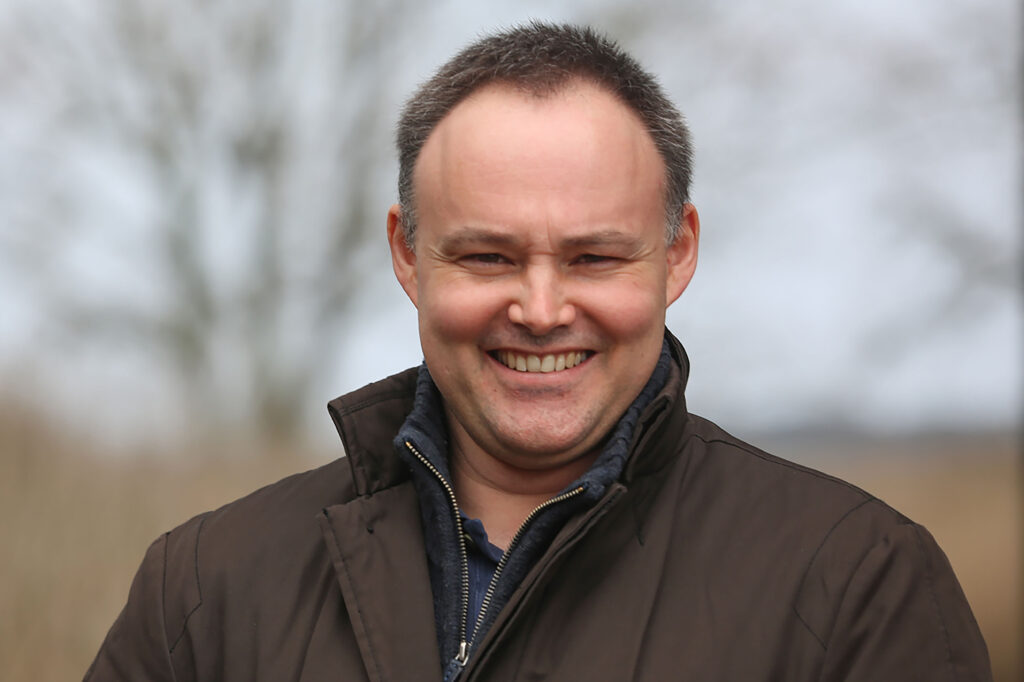The brainers

Olivier Witasse – Planetary Scientist
After graduating in Physics, Olivier Witasse defended his thesis in 2000 on “Modeling planetary ionospheres and their radiation: Earth and Mars” at the Grenoble Planetology Laboratory. Since 2003, Olivier Witasse has been working at the European Space Agency in Noordwijk, the Netherlands. He is involved in the scientific management of planetary missions. He was Project Scientist for the Huygens (2003-2005), Venus Express (2005-2009) and Mars Express (2007-2009) projects, and Project Scientist for the Chandrayaan-1 (2005-2007), Mars Express (2009-2013), ExoMars Trace Gas Orbiter (2010-2014) and JUICE (Jupiter Icy Moon Explorer) projects since 2015.
This brainer takes part in round-table discussions, offers improvisation sessions and the following solo talks:
Exploration of the solar system
This talk will retrace the major milestones and achievements in the European Space Agency's exploration of the solar system, including: the flyby of Halley's comet by the Giotto probe in 1986, the descent and landing of Huygens on the moon Titan in 2005, the exploration of Mars and Venus with the Mars and Venus Express missions, and finally the Rosetta probe and its Philae robot. The presentation will alternate between fascinating images and anecdotes about planetary missions. An update on current projects will also be given.
Exploring the moons of Mars
Mars has two small moons, Phobos and Deimos. This talk recounts the exploration of these small bodies, and attempts to unravel three major enigmas: what is the surface of these moons made of? How can we explain the mysterious striations or furrows several kilometers long? Above all, where do these two natural satellites come from? Are they captured asteroids or the result of an ancient collision between Mars and an object in the solar system? Exploration projects currently under study will be discussed, including the return of samples, as well as possible human expeditions to the Martian moons.
Exploring Jupiter and its icy moons
The JUICE (JUpiter ICy moon Explorer) mission, selected in 2012 by the European Space Agency, is currently in the development phase with industry and the various laboratories involved in the instruments, for a launch scheduled for May 2022 from the Kourou base in French Guiana. The main objective of the mission will be to detail the conditions that may have led to the appearance of habitable environments among Jupiter's icy satellites. The focus will be on the moons Ganymede, Europa and Callisto, which have oceans beneath their surfaces. The presentation outlines the project, the satellite, the instruments, the scientific aspects, the mission's very specific trajectory in the Jovian system, and the project's challenges, both technical and human.